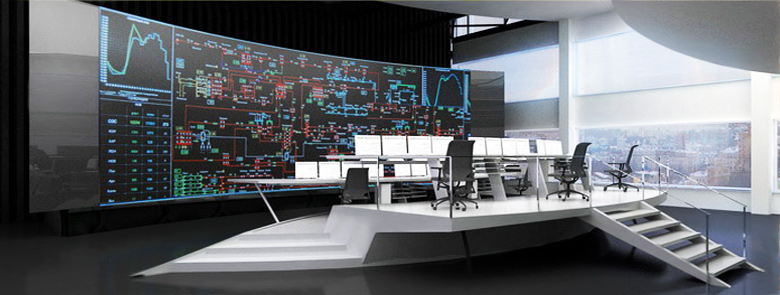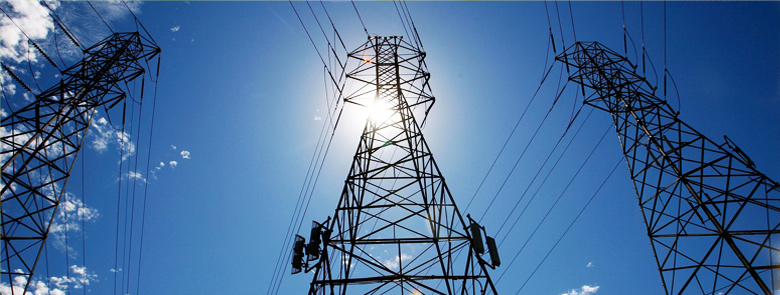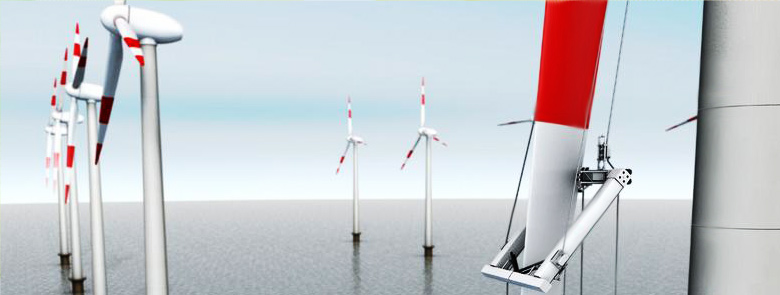Automated dispatch control systems
Purpose
Automated dispatch control system is an integrated complex of specialized, system, applied, library, tool and service software, as well as database management software (DBMS) to create a dispatch information and control systems with strong real-time constraints.
It is characterized by:
- Modular structure;
- Openness of the software architecture;
- Reliability of control functions performance and facility control.
Automated dispatch control system is used as a base to create:
- Operational, information and control system;
- Central receiving and transmitting station;
- System to collect and transfer of technological information;
- Control systems to display of technological information on the dispatch board;
- The high level of the central system for emergency control.
Functionality
Automated dispatch control system provides functions as following:
- Collect of urgent technological data for normal mode (telemechanical information), as well as transient modes (data monitoring mode) with guaranteed quality, fixing the time of the event/ measurement time and information delivery time;
- Urgent and complete information representation about object operation as a whole and about its subsystems in the form of diagrams, graphs, tables, lists for the operational staff;
- Ensuring the operational remote control;
- Exchange of urgent information about process with automated systems of related facilities of power market in a consistent volume using various communication channels and protocols;
- Maintain common time in the system with an accuracy of ± 0,01 seconds.
- Archive information with the depth and composition of the necessary for the concrete customer and reporting for him;
- Warning and alarm functions with full parameterization, archiving, rapid display and acknowledgment.
Software
Architecture:
- Three-layer software architecture (DBMS – Application server – HMI).
- Support multi-level configurations of the server (up to 8 servers at one site).
- Support “hot standby” server components.
- The scalability of the system structure at each level: single-and multimachine configuration.
- The exchange technology between internal and external relations – the “client-server”.
Key components:
- Real time database;
- Database of standard information, based on a relational DBMS.
- Software of the server side.
- Software of the client side.
- Library of applied functions.
- Graphic editor.
- Configuration and setting software.
- Technological software.
- Interface software.
Species (types) of input data:
- Current telemeasurings.
- Discrete signals.
- Integrated telemeasurings.
- Manual input.
- The data in the layouts form (plans, AMRdata, etc.).
- Oscillograms from the registration systems of emergency events.
- Devices state of Relay Protect.
- Indicators of power energy quality.
- Other required information.
Possible sources of input data:
- Old remote control devices (synchronous protocols).
- Sources with protocols support for IEC 870-5-101/104, MODBUS.
- Measuring transducers (ION, SATEC, AET, etc.).
- Sources with the OPC-interface support.
- Relay Protect devices.
- AMR systems.
- E-mail.
- Other necessary sources.
Species (types) of output information:
- Retransmission of any information with required protocols, including IEC 870-5-101/104 and etc.
- Remote control.
- Remote regulation.
Compatibility with related systems
Automated dispatch control system supports interaction with the following components of the information and telecommunications infrastructure:
- System backup and data recovery.
- Corporate e-mail system.
- Corporate name system based on Microsoft Active Directory.
- Corporate data network.
- Unified system for virus protection.
Automated dispatch control system provides interaction with external (adjacent) information systems for the protocols listed below:
- ODBC.
- OLE DB.
- OPC.
- МЭК 870-5-101/104.
- МЭК 61850.
- MODBUS RTU/ASCII/TCP.





